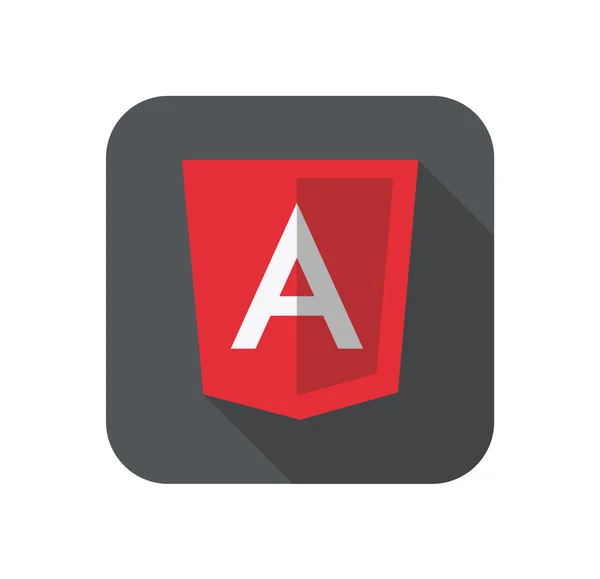Introduction:
Angular PrimeNG is a UI component library for Angular, which offers a rich collection of reusable components that can be used to build responsive and user-friendly web applications. It is built on top of the Angular framework and provides a set of components and services that make it easier for developers to build complex applications. In this blog post, we will discuss the benefits of using Angular PrimeNG.
Angular PrimeNG is a popular UI component library for Angular that offers a wide range of pre-built UI components that can be used to build complex web applications. Developed by PrimeTek Informatics, Angular PrimeNG is built on top of the Angular framework and provides a set of components and services that make it easier for developers to build responsive and user-friendly applications.
With over 80 UI components, Angular PrimeNG offers a vast collection of components that can be used to build data tables, charts, forms, menus, calendars, and many more. The library is designed to be easy to use and customizable, providing several pre-built themes that developers can use to style their applications. Additionally, PrimeNG also allows developers to create their themes using the ThemeRoller tool.
One of the significant benefits of using Angular PrimeNG is its active community of developers who contribute to the project regularly. The community provides support through forums, GitHub issues, and Stack Overflow, ensuring that Angular PrimeNG is regularly updated with new features and bug fixes.
In this blog post, we will discuss the benefits of using Angular PrimeNG, its FAQs, pros, cons, and final conclusion. Whether you are a new developer or experienced, Angular PrimeNG can be a great choice for building complex and responsive web applications.
Important points:
- Large Collection of UI Components One of the significant benefits of using Angular PrimeNG is its extensive collection of UI components. PrimeNG has more than 80 UI components, including data tables, charts, forms, menus, calendars, and many more. This vast collection of components allows developers to build complex applications without writing a lot of code.
- Responsive Design Angular PrimeNG is built with a responsive design in mind. All the components are designed to work well on all devices, including desktops, tablets, and smartphones. With PrimeNG, developers can build applications that can adapt to any screen size.
- Customizable Themes Angular PrimeNG provides several pre-built themes that developers can use to style their applications. Additionally, PrimeNG also allows developers to create their themes using the ThemeRoller tool. This feature makes it easy for developers to create a unique and branded look for their applications.
- Easy to Use Angular PrimeNG is easy to use, even for developers who are new to Angular. The components are designed to be simple to integrate into Angular applications, and the documentation is comprehensive and easy to understand. PrimeNG also provides support for TypeScript, making it easier for developers to write type-safe code.
- Active Community Angular PrimeNG has an active community of developers who contribute to the project. The community provides support through forums, GitHub issues, and Stack Overflow. This active community ensures that Angular PrimeNG is regularly updated with new features and bug fixes.
FAQs:
1.What is the difference between Angular and Angular PrimeNG?
A: Angular is a web application development framework, while Angular PrimeNG is a UI component library for Angular. PrimeNG provides a set of UI components that can be used with Angular to build responsive and user-friendly web applications.
2.Is Angular PrimeNG free?
A: Yes, Angular PrimeNG is an open-source project and is free to use. Developers can download the library from the official website and start using it in their projects.
3.Can I use Angular PrimeNG with other web development frameworks?
A: No, Angular PrimeNG is designed to work only with the Angular framework. It is not compatible with other web development frameworks.
Pros:
- Easy to Use: Angular PrimeNG is easy to use and can be integrated seamlessly into Angular applications.
- Large Collection of Components: PrimeNG provides a vast collection of UI components, which makes it easy for developers to build complex applications.
- Responsive Design: All the components are designed to be responsive, ensuring that applications work well on all devices.
- Customizable Themes: PrimeNG provides several pre-built themes and allows developers to create their themes using the ThemeRoller tool.
- Active Community: Angular PrimeNG has an active community of developers who contribute to the project and provide support.
Cons:
- Only Compatible with Angular: Angular PrimeNG is designed to work only with Angular and is not compatible with other web development frameworks.
- Learning Curve: Developers who are new to Angular may find it challenging to get started with Angular PrimeNG.
Final Conclusion:
In conclusion, Angular PrimeNG is an excellent UI component library for Angular, which provides a large collection of UI components that can be used to build responsive and user-friendly web applications. The library is easy to use, customizable, and has an active community of developers who contribute to the project. While Angular Prime.
Angular PrimeNG is an excellent UI component library for Angular that provides a wide range of pre-built UI components, making it easier for developers to build complex web applications. Its extensive collection of components, responsive design, customizable themes, and active community make it a popular choice among developers.
While Angular PrimeNG is designed to work only with Angular and may have a learning curve for developers who are new to Angular, its benefits far outweigh any drawbacks. With Angular PrimeNG, developers can build applications that are responsive, user-friendly, and scalable.
Overall, if you are looking for a UI component library for your Angular project, Angular PrimeNG is definitely worth considering. With its vast collection of components, ease of use, and active community support, Angular PrimeNG can help you build the web applications of your dreams.

